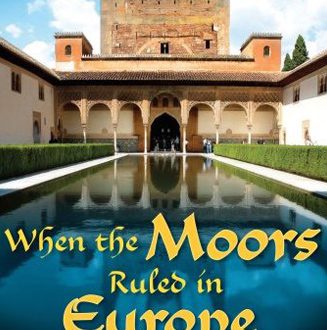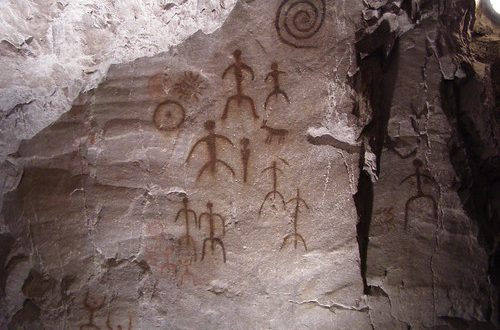 Philadelphia’s Franklin Institute plays host to the world premiere of Cleopatra: The Search for the Last Queen of Egypt this Saturday (June 5). The exhibition, which runs until January 2 2011, promises to be a spectacular affair, combining over 150 artefacts relating to the famous queen, and visits the archaeology that is unearthing her amazing world day by day (click here for an interview with the Institute’s Troy Collins).
Philadelphia’s Franklin Institute plays host to the world premiere of Cleopatra: The Search for the Last Queen of Egypt this Saturday (June 5). The exhibition, which runs until January 2 2011, promises to be a spectacular affair, combining over 150 artefacts relating to the famous queen, and visits the archaeology that is unearthing her amazing world day by day (click here for an interview with the Institute’s Troy Collins).
The show is organised by National Geographic, the same brains behind the Terracotta Warriors’ recent trip across North America. The exhibition’s showcase treasures include statues, jewellery and everyday items from Cleopatra’s fateful reign – here’s a quick list of the top artefacts:
Colossus of a Ptolemaic King: This huge red granite statue weighs in at 5.5 tons, and reaches a height of 16.5ft. The king in whose image it was created is unknown.
Colossal Head of Caesarion: Another large granite artefact, this time representing Caesarion, Cleopatra’s son who ruled with her from 44-30 BC. It is part of a statue which would have reached around 16ft in height.
Statue of a Ptolemaic Queen: this spooky statue is thought to represent either Cleopatra II or III, both of whom ruled Egypt during the mid-2nd century BC. Her most intriguing feature is her highly detailed hair, on which sits a diadem, or crown, emblazoned with the uraeus snake, symbol of Egypt. It’s one of many ancient treasures that have been pulled from the Bay of Aboukir, where Franck Goddio claims to have discovered the royal palace of Cleopatra.
Papyrus signed by Cleopatra: For me this seems the exhibition’s most fascinating artefact. For while the show’s other pieces are draped in grandeur and artistic splendour, this seemingly uninspiring tax exemption form was signed by none other than Cleopatra herself, apparently as a gesture of goodwill towards her Roman lover Mark Antony. Not only is it a glimpse into Cleopatra’s life, it’s also a rare insight into the daily bureaucracy of the ancient world.
For me this seems the exhibition’s most fascinating artefact. For while the show’s other pieces are draped in grandeur and artistic splendour, this seemingly uninspiring tax exemption form was signed by none other than Cleopatra herself, apparently as a gesture of goodwill towards her Roman lover Mark Antony. Not only is it a glimpse into Cleopatra’s life, it’s also a rare insight into the daily bureaucracy of the ancient world.
The exhibition’s artefacts may be spectacular enough, but just as intriguing is its collection of information and relics from the two highest-profile digs going on in search of Cleopatra. One is going on at Taposiris Magna, 30 miles west of Alexandria, led by Dominican archaeologist Kathleen Martinez(watch a video of the dig here).
The team is funded by Egypt’s Supreme Council of Antiquities. Its chief, Dr Zahi Hawass, says the show gives a glimpse into the life of one of the world’s greatest characters. “This exhibition will give the American people the chance to learn about our search for Cleopatra, and will share with them the magic of this fascinating queen.”
Franck Goddio’s longstanding underwater search for Cleopatra will also be featured in the exhibition. Since 1992 Goddio and his team have been scouring the Mediterranean for remnants of the queen, and believe they have located her royal palace (click here for a list of the world’s top ten underwater cities). “We are delighted to present our underwater archaeological acheivements and discoveries…to the American public,” says Goddio.
Cleopatra (69-30 BC) was the last ruler of Egypt before it was taken by the Romans. Known as one of her era’s most beautiful women she won the hearts of two of Rome’s most powerful men – Julius Caesar and Mark Antony – before committing suicide when Egypt was finally lost. Following her death the Romans wiped out any trace of Cleopatra, making her one of the ancient world’s most enigmatic rulers.












